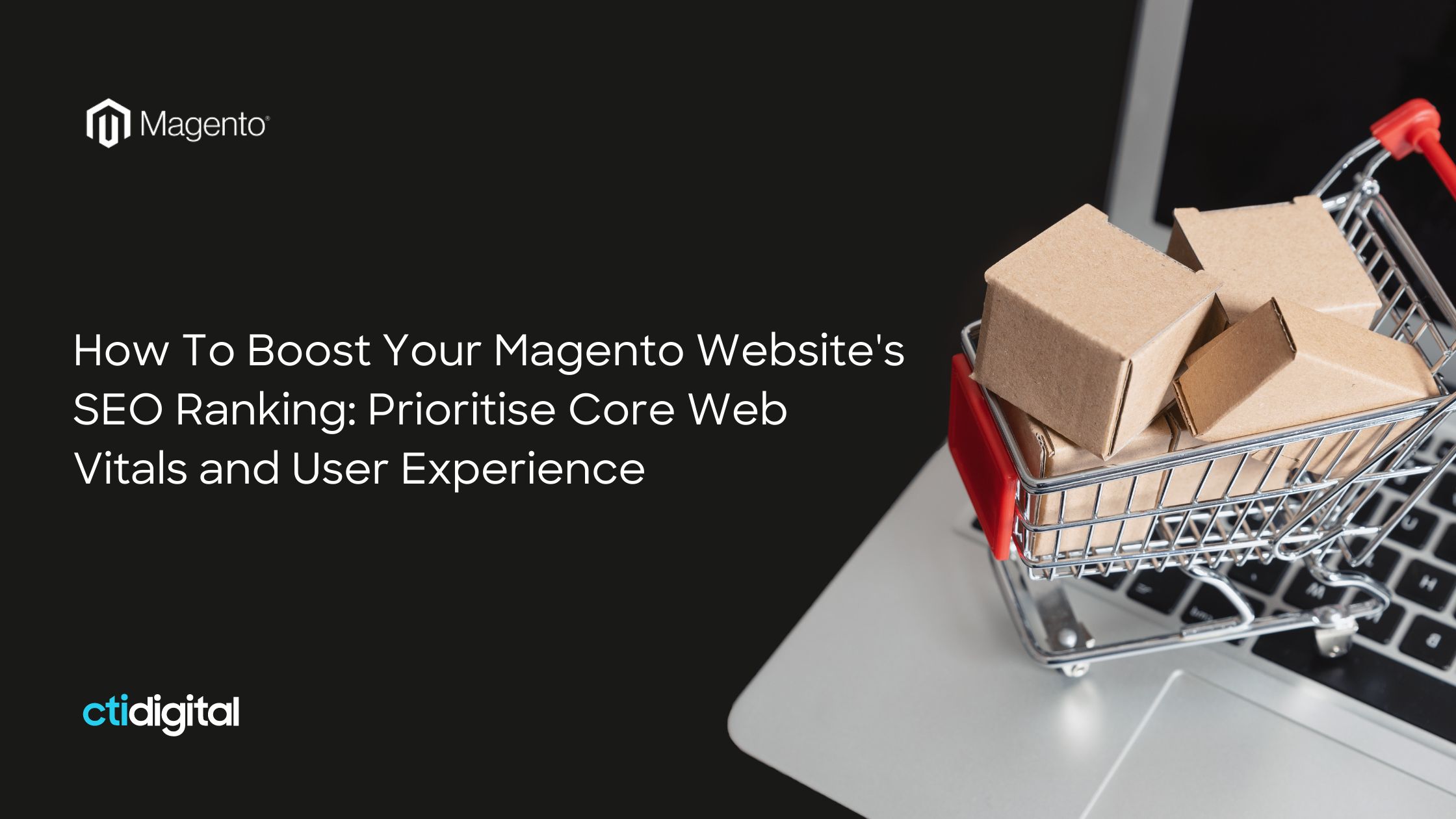In recent years, Google has placed an increased emphasis on user experience, especially when it comes to website performance. Core Web Vitals is a set of metrics that measure user experience on the web and is becoming increasingly important for websites to optimise if they want to rank well on search engines. Magento developers should prioritise improving their website’s Core Web Vitals to ensure optimal user experience.
Here are some tips for improving Core Web Vitals on Magento:
Optimise your images
One of the biggest culprits of slow-loading websites is large image files. Make sure to compress images to reduce their file size without sacrificing too much image quality. Use responsive images to ensure that users are not downloading unnecessarily large images on smaller screens. You can also use lazy loading to defer the loading of images until needed, which can help improve your website’s loading speed.
Minimise your CSS and JavaScript
Reducing the amount of CSS and JavaScript files can help to speed up your website’s loading time. Minify your code to reduce its size, and consider combining multiple files into one to reduce the number of requests your website needs to make. Use asynchronous loading to speed up JavaScript execution and reduce page blocking.
Implement caching
Caching can significantly improve your website’s loading time. Use full-page caching to cache entire pages and browser caching to store frequently used resources on the user’s computer. Magento has built-in caching functionality, so take advantage of it to speed up your website.
Prioritise above-the-fold content
Above-the-fold content refers to the content visible on the user’s screen before they scroll down. Prioritising this content can help to improve your website’s perceived loading speed. Use the defer attribute to delay loading below-the-fold content until after the above-the-fold content has loaded.
Optimise your server
Your website’s server plays a significant role in its loading speed. Make sure your server is optimised for your website’s needs. Consider upgrading to a faster server or using a content delivery network (CDN) to improve your website’s loading speed. Use gzip compression to reduce the size of files that are transferred between the server and the user’s computer.
Reduce third-party scripts
Third-party scripts, such as social media widgets and tracking codes, can significantly slow down your website. Try to limit the number of third-party scripts you use on your website. Use asynchronous loading to reduce the impact that third-party scripts have on your website’s loading speed.
Monitor your website’s performance
Regularly monitoring your website’s performance can help you identify issues that may be impacting your website’s loading speed. Use tools like Google PageSpeed Insights to understand your website’s performance and identify improvement areas.
In conclusion, optimising Core Web Vitals is essential for Magento developers who want to provide a seamless user experience and improve their website’s search engine ranking. Optimising images, minimising CSS and JavaScript, implementing caching, prioritising above-the-fold content, optimising your server, reducing third-party scripts, and monitoring your website’s performance can significantly improve your website’s loading speed and user experience.
Visit CTI Digital for more information.


